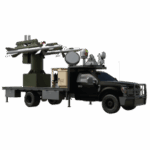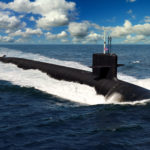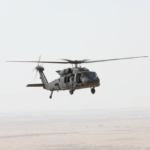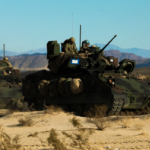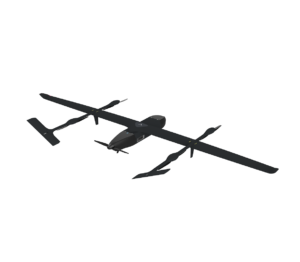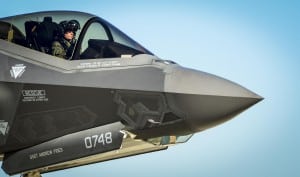
The F-35A is destined for the Middle East, though not anytime soon, according to a key Air Force officer.“It’s planned for a few years out, it’s not going to happen this year,” outgoing Air Combat Command (ACC) chief Gen. Herbert “Hawk” Carlisle told reporters Friday at a Defense Writers Group breakfast in Washington, referring to U.S. operations of the stealth fighter. “We’ll have to see how our testing goes.”In December Israel took delivery of two F-35s of a planned 50…

